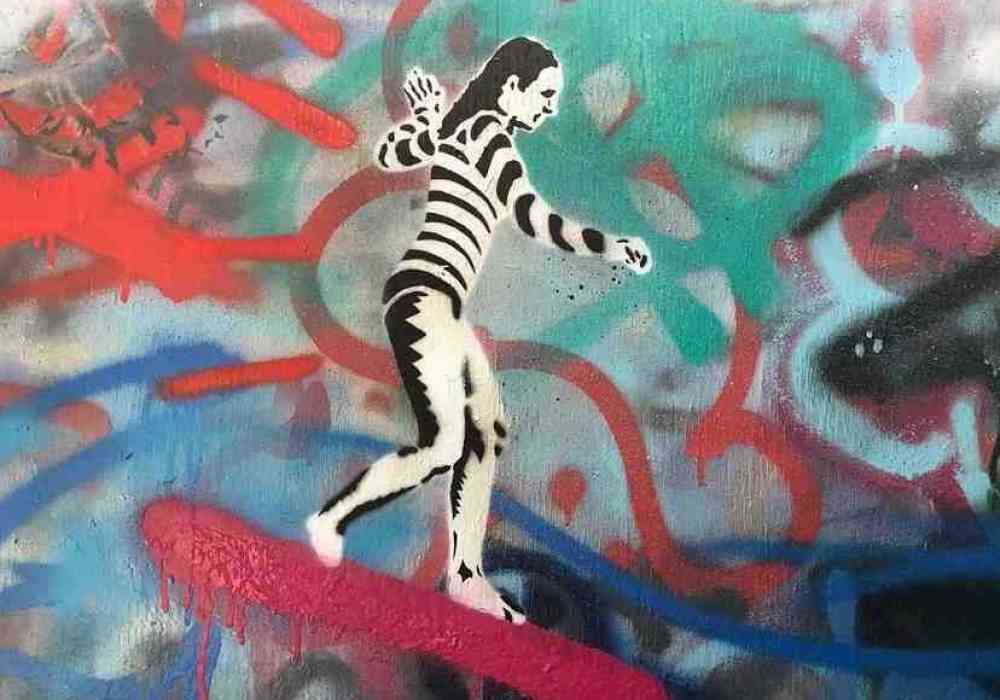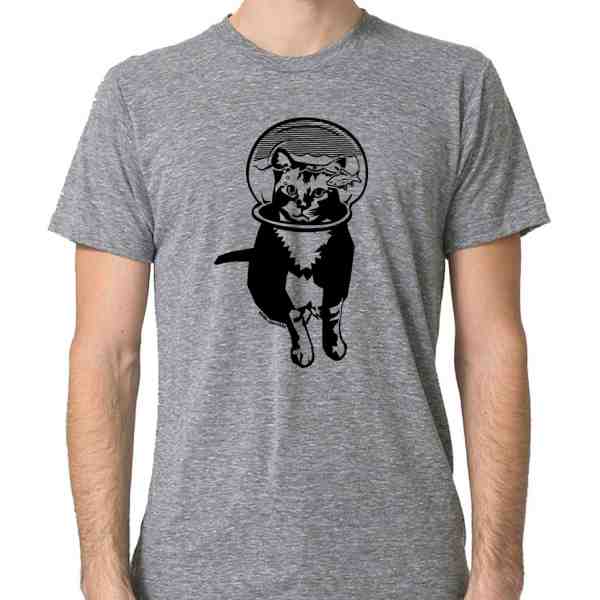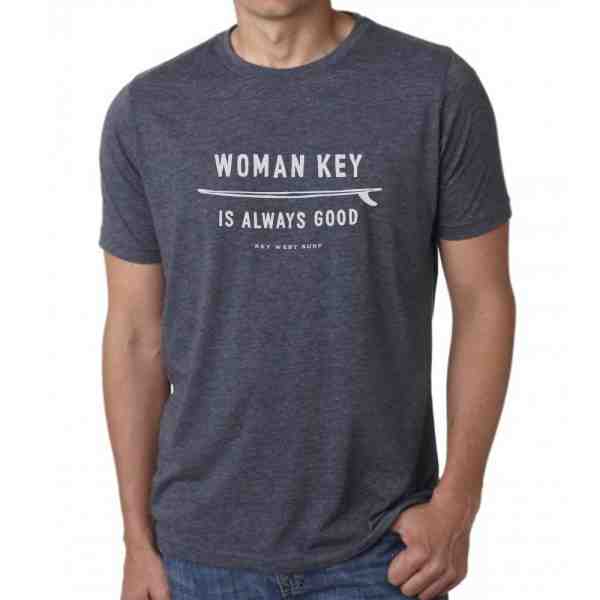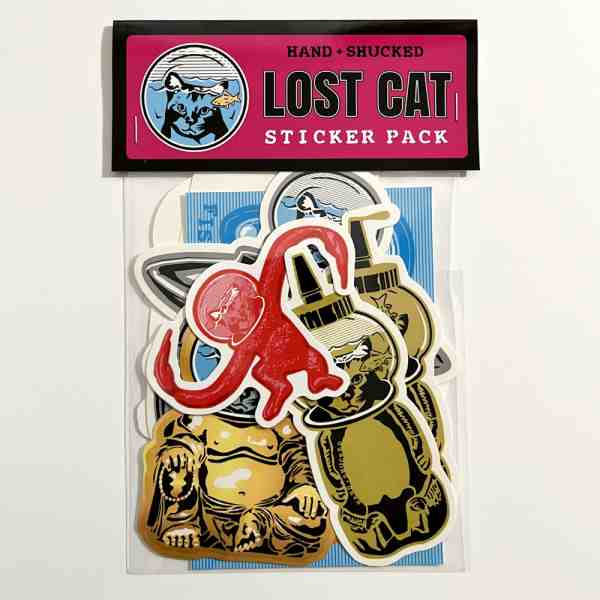Street Art Chic: How Urban Art Shapes Fashion Trends
Street art fashion is where urban creativity meets the runway, merging the raw energy of city streets with high fashion. This trend turns everyday clothing into bold, wearable art that’s as vibrant as a colorful mural on a city wall.
- Expression through Fashion: Street art fashion is all about expressing individuality and challenging the norm.
- Rooted in Street Art: It draws inspiration from graffiti and urban art, featuring bold patterns and unique designs.
- Style that Stands Out: It’s often characterized by its eclectic mix of colors and patterns, combining casual and chic.
Taking cues from his love of street art’s vivid energy, Manish Arora—a well-known designer—infused his fashion pieces with the same colorful exuberance seen in his dramatic runway shows. Just like artists such as Leonardo da Vinci saw clothing as a canvas for expression during the Renaissance, today’s designers use street art to convey bold, urban stories.
I’m Chris Higgins, a graphic artist with a knack for street art fashion. After more than a decade of work in graphic design, I’ve turned to create my own art with Handshucked, infusing graffiti and pop art elements into every design.
The Evolution of Street Art Fashion
Street art fashion has deep roots in the vibrant world of graffiti and urban art. It began in the gritty streets of 1970s New York, where young artists used spray paint to transform cityscapes into colorful canvases. These early artists, often from underrepresented communities, found freedom in creating art outside traditional galleries.
Graffiti: The Birthplace of Street Art Fashion
Graffiti was more than just art; it was a voice for the voiceless. It allowed artists to express social and political messages, often with a rebellious flair. This raw, unfiltered creativity soon caught the eye of the fashion world. Designers began incorporating graffiti motifs into their collections, turning street art into a global phenomenon.
One of the most iconic figures in this movement was Keith Haring. His bold, energetic style and social commentary pieces made him a pioneer in bringing street art to high fashion. Haring’s collaboration with Vivienne Westwood on her “Witches” collection is a testament to the powerful synergy between street art and fashion.
Urban Art: A Canvas for Fashion Designers
As street art evolved, so did its influence on fashion. Urban art became a rich source of inspiration for designers seeking to infuse their collections with a sense of authenticity and edge. This art form’s spontaneity and countercultural spirit resonated with those looking to create fashion that stands out.
Jean Michel Basquiat, another towering figure in street art, brought a neo-expressionist style that continues to inspire designers today. His artwork, often filled with vibrant colors and abstract forms, has graced everything from t-shirts to luxury fashion pieces.
The Rise of Street Art Fashion Brands
Today, street art fashion is more popular than ever. Brands like Handshucked Art and Designs are at the forefront, crafting wearable artworks that celebrate individuality and creativity. With high-quality printing techniques more accessible, the fusion of street art and fashion is set to grow even further.
Urban art’s influence on fashion is undeniable. It challenges norms, celebrates diversity, and turns everyday clothing into statements of personal expression. As street art continues to evolve, so too will its impact on the fashion industry, ensuring that this cultural phenomenon remains fresh and exciting.
Street Art Fashion: A Cultural Phenomenon
Street art fashion is more than just a trend—it’s a movement that embodies the countercultural spirit of rebellion and self-expression. Born from the streets, this form of art challenges conventions and speaks to those who dare to be different.
Countercultural Spirit
Street art fashion thrives on the energy of the streets. It captures the essence of defiance and nonconformity. This spirit is reflected in the bold designs and vibrant colors that often characterize street art-inspired clothing. The fashion world has acceptd this rebellious energy, allowing designers to push boundaries and create pieces that stand out.
Social Message
Street art has always been a platform for social commentary. Artists like Keith Haring and Jean Michel Basquiat used their work to address social issues and provoke thought. This tradition continues in street art fashion, where clothing becomes a canvas for conveying powerful messages.
For example, the collaboration between Stephen Sprouse and Louis Vuitton brought a fresh, youthful energy to the brand while delivering a message of inclusivity and breaking traditional fashion norms. These collaborations show how street art fashion can be both stylish and meaningful.
Spontaneous Art
One of the most captivating aspects of street art is its spontaneity. Created in the moment, often without permission, street art is raw and unfiltered. This spontaneity translates into fashion, where designers capture the essence of urban creativity in their collections.
Brands like Handshucked Art and Designs accept this spontaneous spirit by crafting wearable artworks that celebrate individuality. Their designs reflect the unpredictable nature of street art, allowing wearers to express themselves freely.
Street art fashion is a cultural phenomenon that continues to inspire and challenge the fashion industry. It celebrates the power of art to transform not just clothing, but also the way we perceive the world around us. As new generations of artists and designers emerge, the influence of street art on fashion is sure to grow, keeping this dynamic movement alive and vibrant.
Iconic Street Art Collaborations in Fashion
Street art fashion has become a powerhouse of creativity, thanks to pioneering artists and influential partnerships that blend urban art with high fashion. These collaborations have reshaped the fashion landscape, introducing a creative synergy that captures the spirit of the streets.
Pioneering Artists
Keith Haring and Jean Michel Basquiat are two legendary figures who paved the way for street art to enter fashion. Haring’s vibrant, socially conscious designs not only graced city walls but also found their way onto clothing, thanks to collaborations with designers like Vivienne Westwood. His work brought serious topics to the forefront in a playful, accessible way, making art and fashion more inclusive.
Basquiat, with his raw and expressive style, continues to influence fashion decades after his passing. His art, rooted in the urban landscape, has been emblazoned on t-shirts and accessories, making his work accessible to a broader audience.
Influential Partnerships
The collaboration between Stephen Sprouse and Louis Vuitton is a prime example of how street art can lift luxury brands. Sprouse’s graffiti motifs injected a youthful, rebellious energy into the iconic monogram, creating cult classics that redefined what luxury could be. This partnership demonstrated that street art could coexist with high fashion, creating pieces that are both edgy and sophisticated.
Similarly, Gucci’s collaboration with Trouble Andrew, known as GucciGhost, challenged traditional notions of luxury. By incorporating graffiti-style designs into Gucci’s products, this partnership resonated with a new generation, showing the power of street art to disrupt and redefine.
Creative Synergy
Collaborations between street artists and fashion designers create a unique synergy that pushes creative boundaries. For instance, Maria Grazia Chiuri’s work with Judy Chicago for Dior showcased how street art can influence set design and garment creation, asking provocative questions and empowering women through fashion.
These partnerships not only lift the artists’ work but also breathe new life into fashion brands, attracting a younger, more rebellious audience. The vibrant designs and bold messages of street art fashion continue to captivate fashion enthusiasts, proving that when art and fashion collide, the results are nothing short of transformative.
As street art continues to evolve, so too will its influence on fashion, ensuring that this dynamic collaboration remains at the forefront of cultural expression.
Street Art Fashion Today
Street art fashion is thriving in today’s fashion landscape, with contemporary brands and designers drawing inspiration from urban art to create innovative and edgy designs. This fusion of art and fashion has become a staple in the wardrobes of those seeking to express their individuality and accept the rebellious spirit of the streets.
Contemporary Brands
Brands like Moschino and Gucci have acceptd street art’s vibrant and provocative nature. Moschino’s graffiti-laden dresses and Gucci’s GucciGhost collection are prime examples of how luxury labels incorporate urban art elements to appeal to younger audiences. These brands understand that street art speaks to a generation that values authenticity and self-expression.
Manish Arora, an Indian designer known for his eclectic style, has also been inspired by street art. His collections often feature bold graffiti patterns and graphics, reflecting a playful disregard for convention. Arora’s designs are a testament to how street art can merge with high fashion to create something truly unique and culturally rich.
Innovative Designs
Street art fashion is not just about slapping graffiti on clothes. It’s about creating wearable art that tells a story. Designers are experimenting with textures, colors, and patterns to capture the essence of street art. This has led to the creation of pieces that are not only visually striking but also deeply meaningful.
Pharrell Williams’ collaboration with KAWS and COMME des GARCONS for a fragrance line exemplifies how street art can transcend traditional mediums. The bold, cartoonish artwork on the bottles is a nod to the playful and unexpected nature of street art, showing how it can influence even the most unexpected fashion items.
Urban Influence
The influence of street art on fashion is undeniable. It brings a sense of urban cool to the runway and everyday wear. This trend is evident in the rise of streetwear, where comfort meets style. Brands are now focusing on creating pieces that are not only fashionable but also functional, reflecting the practical needs of urban life.
In New York City, a fashion capital known for its edgy street style, individuals like Nia Indigo mix high-end designer pieces with thrift shop finds to create a look that is both trendy and unique. This approach embodies the essence of street art fashion—blurring the lines between high and low fashion to create something entirely new.
As street art continues to influence designers and brands, we can expect to see even more exciting and innovative collaborations that challenge traditional fashion norms and celebrate the vibrant energy of urban expression.
The Influence of Street Art on Streetwear
Street art has left a significant mark on streetwear, transforming it into a cultural phenomenon that blends urban aesthetics with everyday fashion. This influence can be seen in how streetwear has evolved, its cultural impact, and the unique sense of urban cool it brings to wardrobes worldwide.
Cultural Impact
Street art and streetwear share roots in counterculture and self-expression. Both emerged as forms of rebellion against mainstream norms. Street art, often illegal and provocative, speaks to those who value authenticity and individuality. This resonates deeply with streetwear enthusiasts who see clothing as a canvas for personal expression.
In cities known for their vibrant street art scenes, individuals like Diondre Cruz draw inspiration from diverse sources, including Japanese anime and hip-hop culture. This fusion of influences is a testament to how street art’s cultural impact shapes streetwear styles.
Evolving Styles
Streetwear is constantly evolving, driven by the dynamic nature of street art. Designers are not just incorporating graffiti motifs into their collections but are also experimenting with new materials and silhouettes. This evolution keeps streetwear fresh and relevant, appealing to younger generations who crave innovation.
The rise of brands that focus on eco-friendly and sustainable practices reflects this evolution. Daniel Silverstein’s Zero Waste Daniel, for example, creates clothing from 100% scrap material, showing how streetwear can be both stylish and environmentally conscious. This approach mirrors street art’s ability to adapt and remain relevant in a changing world.
Urban Cool
Streetwear embodies a sense of urban cool that is both effortless and edgy. It captures the essence of life in bustling urban environments, where fashion is not just about aesthetics but also about function. Comfortable shoes, casual looks, and versatile pieces define the streetwear style, making it accessible to a wide audience.
In urban areas, Nia Indigo exemplifies this urban cool by mixing high-end designer pieces with thrift shop finds, creating a look that is both eclectic and chic. This approach highlights how streetwear can be both trendy and personal, allowing individuals to express their unique style.
As street art continues to inspire streetwear, the line between art and fashion blurs even further. This synergy promises to bring new and exciting styles to the forefront, celebrating the vibrant energy of urban life.
Frequently Asked Questions about Street Art Fashion
What is street art fashion?
Street art fashion is all about blending the bold, vibrant, and often rebellious elements of street art with everyday clothing. It takes inspiration from graffiti motifs, which are characterized by their dynamic colors and expressive designs. These motifs find their way onto casual clothing like t-shirts, hoodies, and sweatshirts, allowing wearers to carry a piece of urban art wherever they go.
Street art fashion is more than just a style; it’s a statement. It accepts the spirit of self-expression, much like the street art it draws from. This style is for those who want to stand out and make a statement with what they wear.
How does street art influence fashion designers?
Street art serves as a powerful source of creative inspiration for fashion designers. Its raw and spontaneous nature encourages designers to think outside the box and push boundaries. The artistic expression found in street art, with its bold lines and striking imagery, challenges designers to create pieces that are as much about art as they are about fashion.
Designers like Prabal Gurung have acceptd graffiti-inspired prints in their collections, showcasing how street art can translate into high fashion. By incorporating these elements, designers bring a sense of urban authenticity and vibrancy to their work, appealing to a fashion-forward audience eager for something fresh and original.
What are some street art fashion styles?
Street art fashion often leans towards a casual look, making it accessible and comfortable for everyday wear. This style typically includes comfortable shoes, like sneakers, which are perfect for navigating city streets. The clothing itself is relaxed and easy-going, often featuring loose fits and breathable fabrics.
An essential part of this style is the incorporation of graffiti motifs, which can range from subtle designs to bold, all-over prints. These elements add an edgy, artistic flair to the clothing, making it stand out in a crowd.
The street art fashion style is about more than just comfort; it’s about expressing individuality and embracing a unique aesthetic that reflects the vibrant energy of urban environments.
Conclusion
Handshucked Designs is at the forefront of the street art fashion movement, embracing the vibrant energy and rebellious spirit of urban expression. Our creations are not just clothing; they are wearable art that speaks to the heart of street culture. By merging bold graffiti motifs with everyday apparel, we offer a unique way for individuals to express their personal style and stand out from the crowd.
As we look to the future, the influence of street art on fashion will only grow stronger. With urban environments continually evolving, new artists and designers are emerging, bringing fresh perspectives and innovative ideas to the table. This dynamic landscape promises exciting trends that will continue to push the boundaries of fashion and art.
At Handshucked, we are committed to staying at the cutting edge of these trends. Our designs will always reflect the latest in urban expression, ensuring that our customers are not just wearing clothes, but making a statement. We invite you to explore our collection and join us in celebrating the fusion of art and fashion.
Find more about our unique approach to street art fashion on our Handshucked Designs page. Accept your individuality and stay ahead of the trend with our distinctive, art-inspired apparel.





